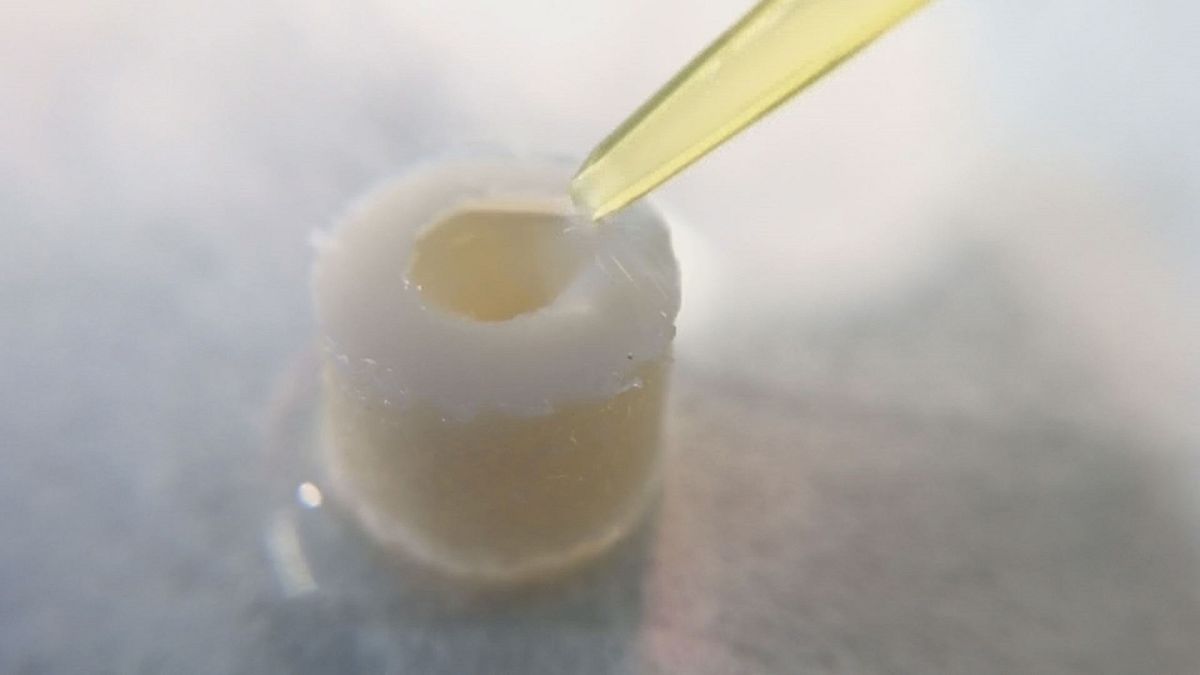Researchers working together in Utrecht and London are making life-changing leaps
It's a problem which is affecting Europe's ageing population. Osteoarthritis is the most common chronic form of arthritis in the joints. For example, between the vertebrae of the spine, there are fluid disks which are essential for the mobility of the spine. If these disks wear away they cause painful back pain. Indeed pain and stiffness are common in sufferers of Osteoarthritis.
One patient at Rotterdam hospital said osteoarthritis caused huge issues in her life. Speaking to Euronews, Magreet Lagendijk said: ""The most (main) problem is the pain. I have a lot of pain every day. I am stiff. You can't do everything you want to do, like work".
As Europe ages, problems like Osteoarthritis are becoming more and more of a problem. Koen Bos, an Orthopaedic surgeon outlined the current state of osteoarthritis research: "The problem in joints is that the cartilage wears out so there is degeneration of cartilage, bone changes and the inside of the joint is inflamed. There are some treatments to repair localised cartilage defects. But we don't have techniques to completely repair a joint when there is OA in the joint".
However, this may be about to change. Scientists in an European research project at the Erasmus University of Rotterdam are trying to develop an innovative new therapy, and one goal is to regenerate damaged cartilage. If they're successful then these researchers could move towards being able to repair a joint.
Italian scientist Andrea Lolli explained how the new therapy works:
"The deteriorated area is filled with the molecules. These molecules are developed to verify if the treatment succeeds in improving or promoting tissue repair ".
"There are already stem cells in the joint. What we do is use molecules that will act on these cells where it is damaged. When stimulated these cells create new, healthy, and stable tissues".
No content with rebuilding tissues scientists are also trying to alleviate inflammation. This inflammation is "the cause of the pain for OA patients" according to Laura Creemers, Vice-Coordinator of the Targetcare project. She explained: "What we try to do is deliver the drug to the degenerated cartilage in order to regenerate it, and at the same time we try to inhibit inflammation going on in the structure around the cartilage".
These advances are made possible by so-called 'nanomedicine'. Active substances are placed on 'nanocarriers' which act as a vehicle to release the drug to it's needed location.
The research is promising. However, it will be a few years before clinical trials can begin.
Check out Target care here





